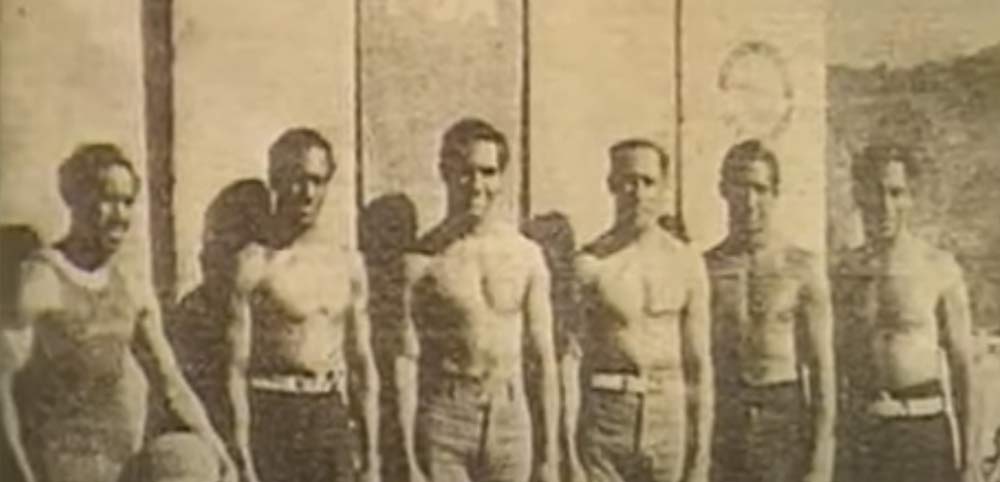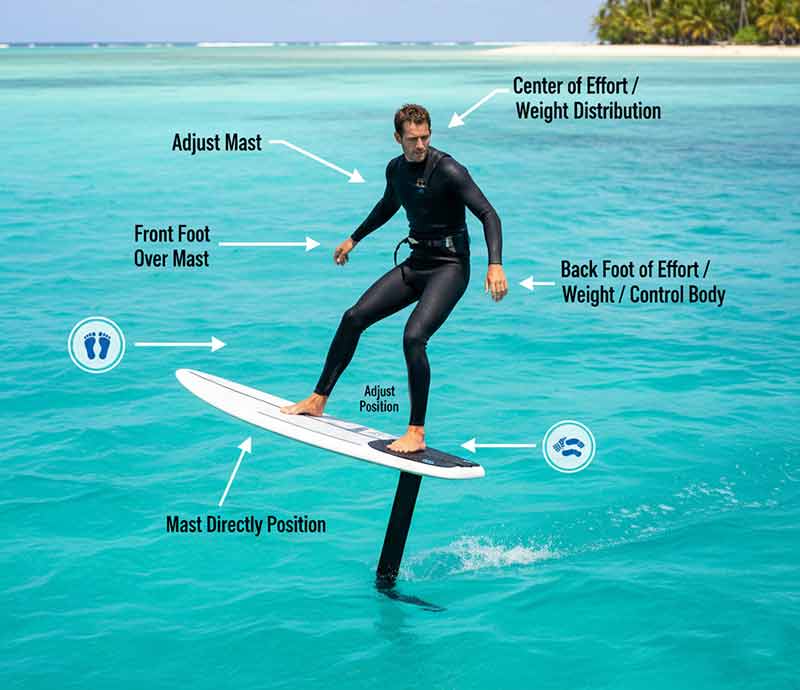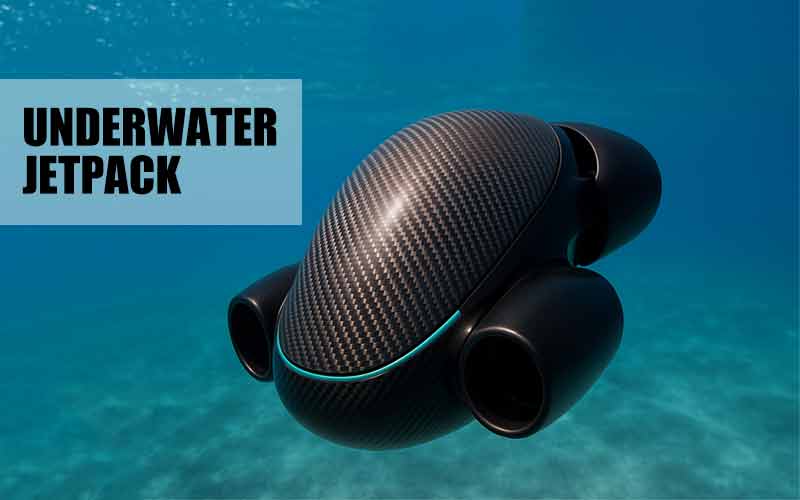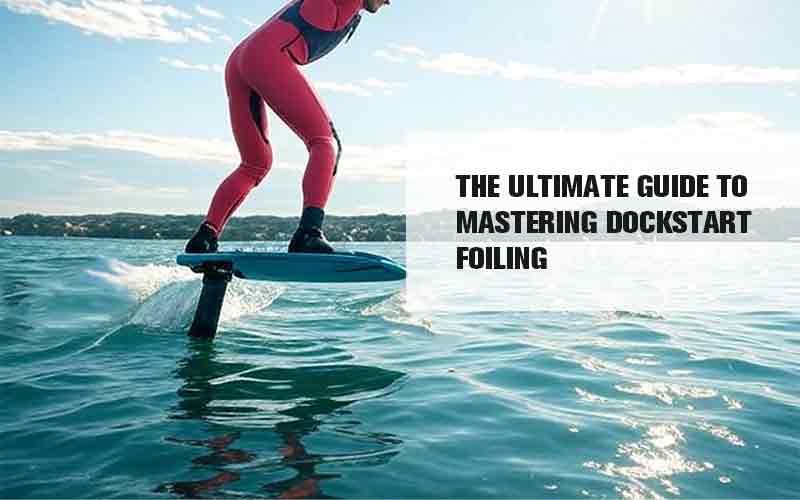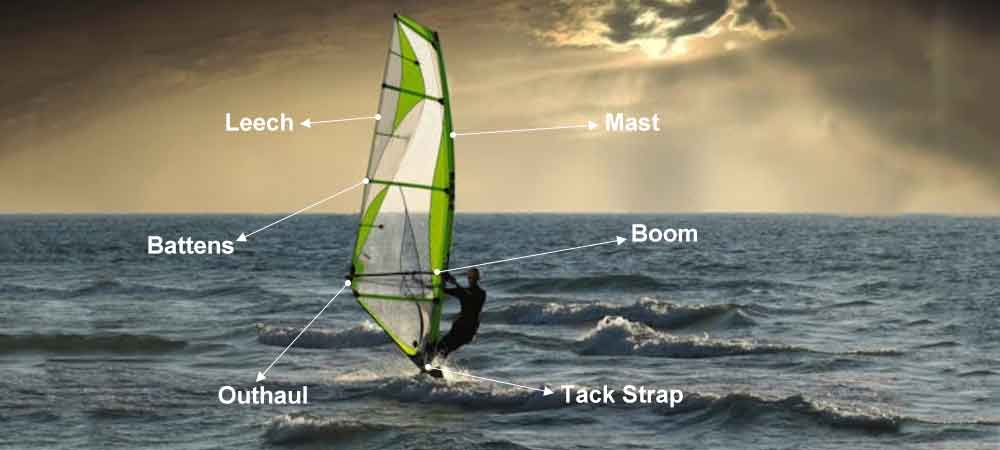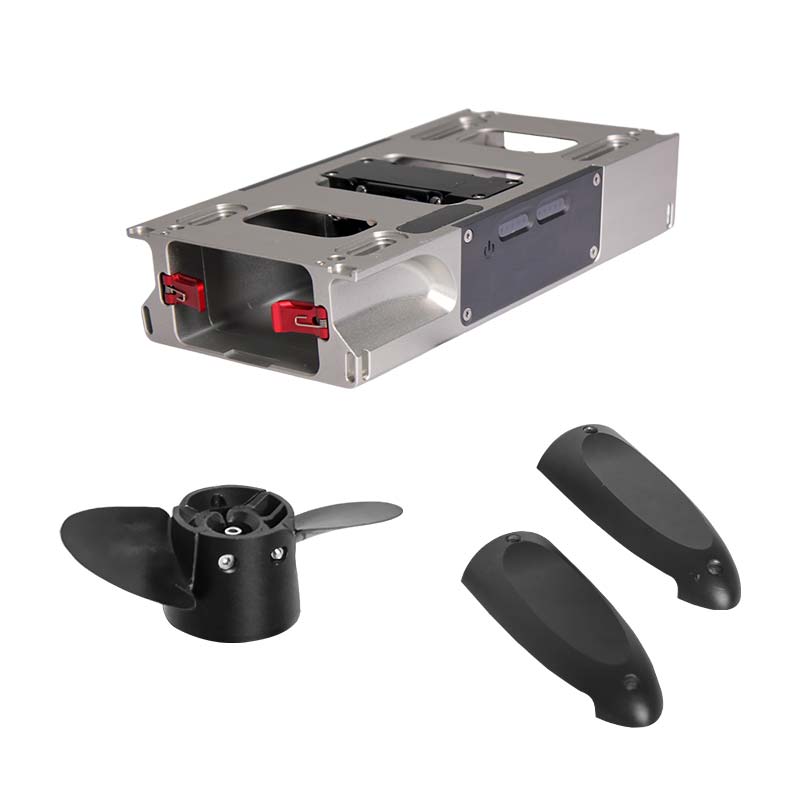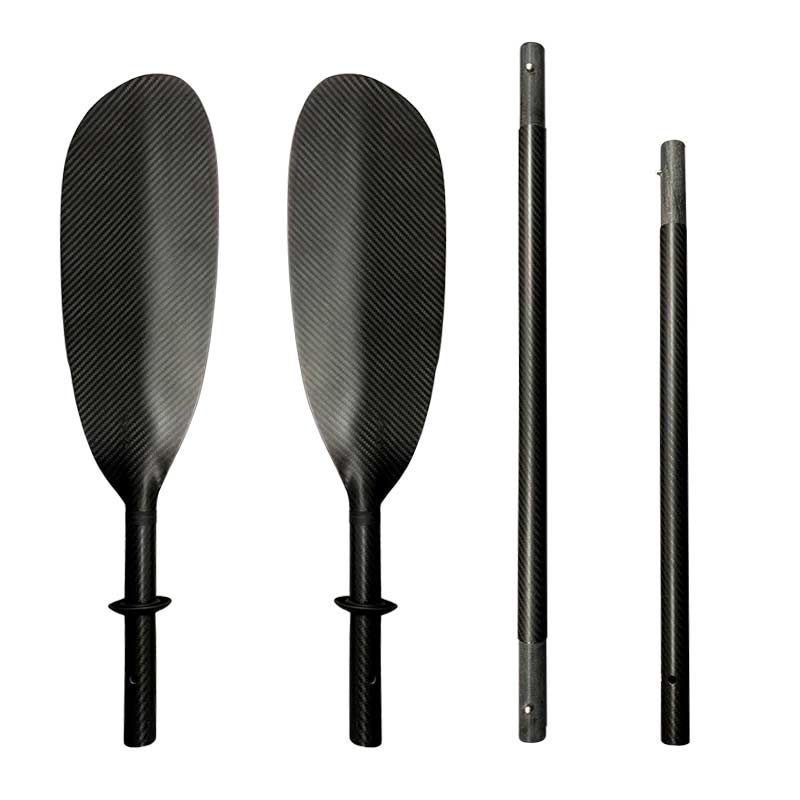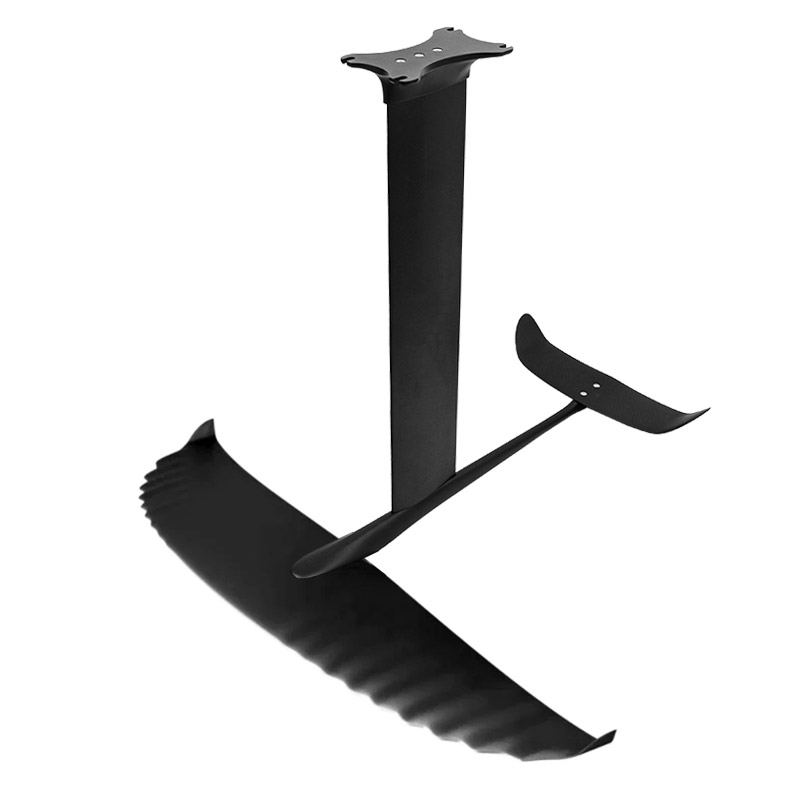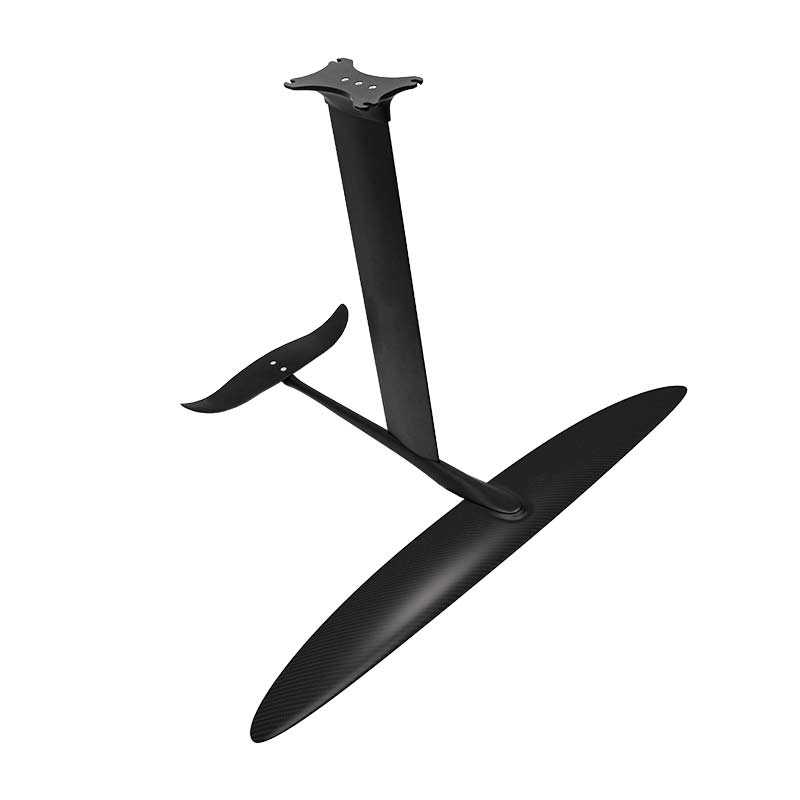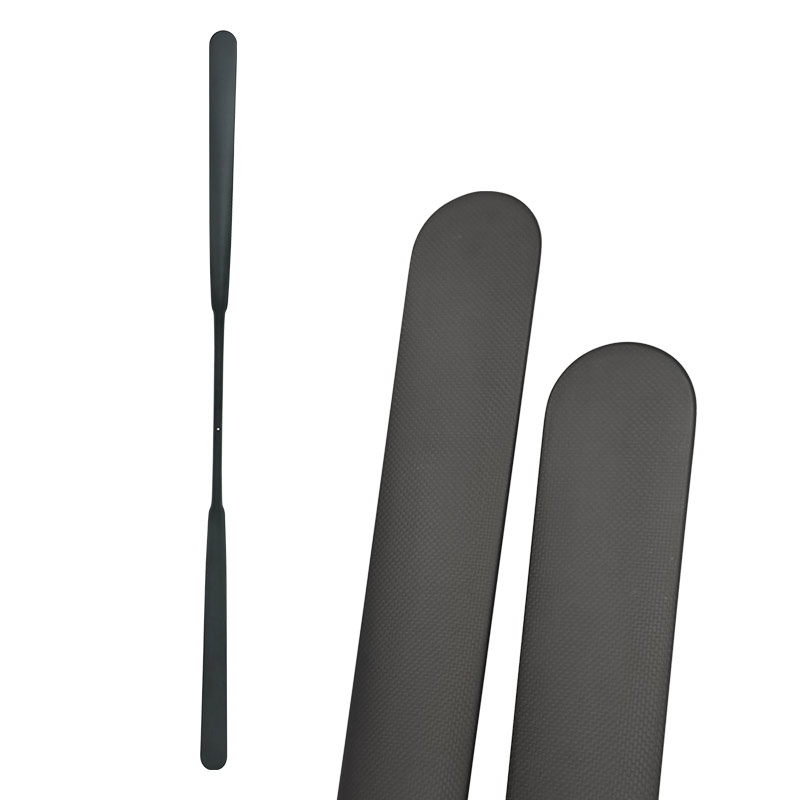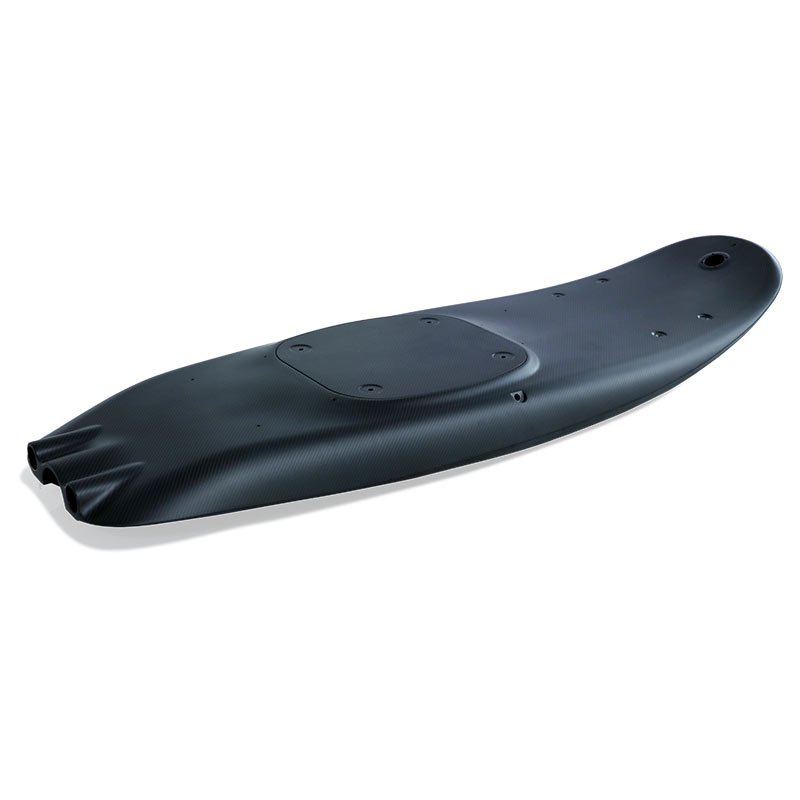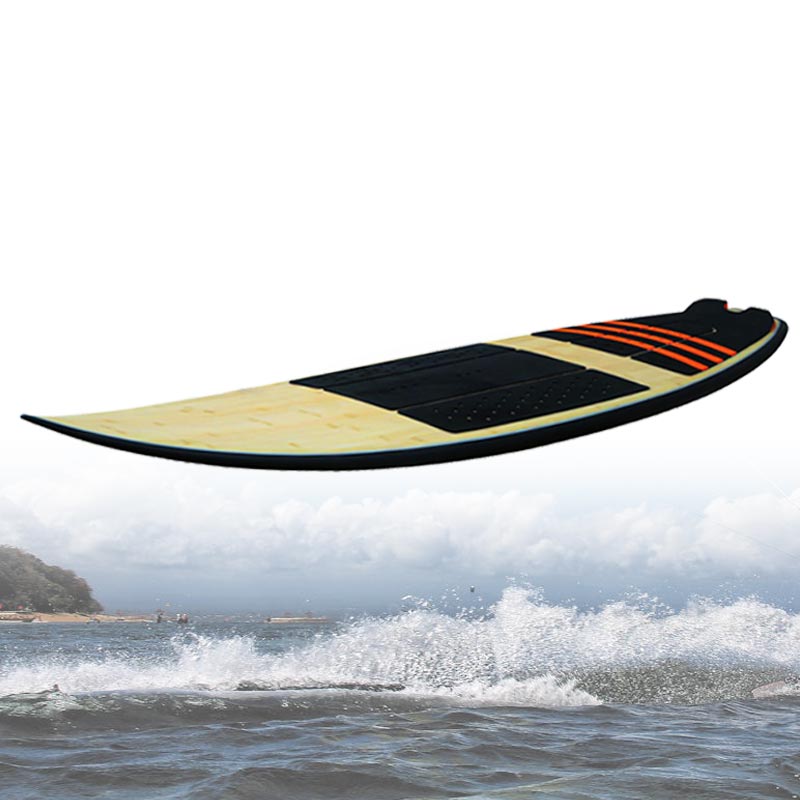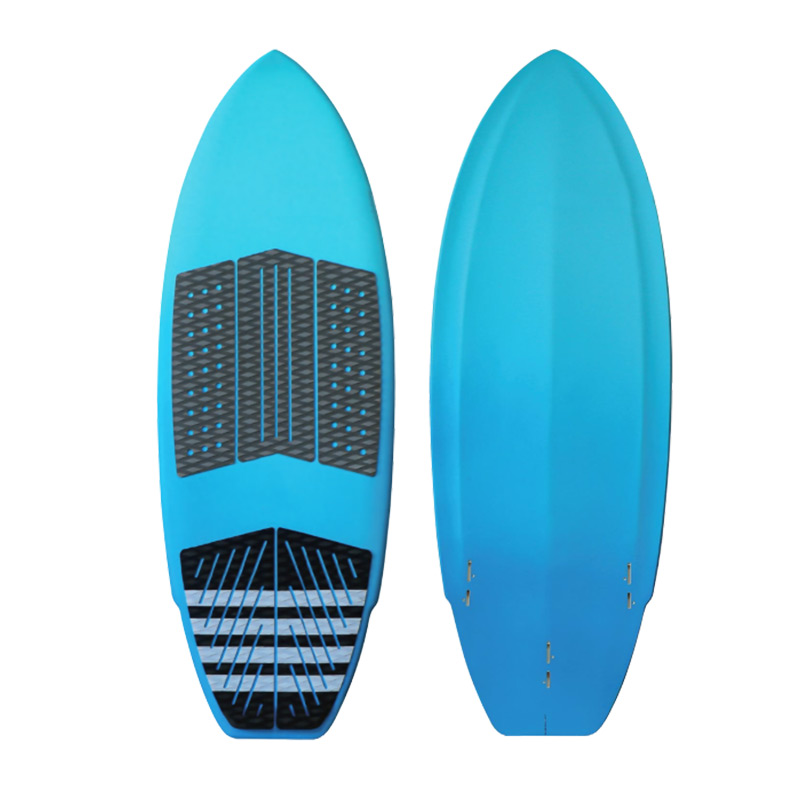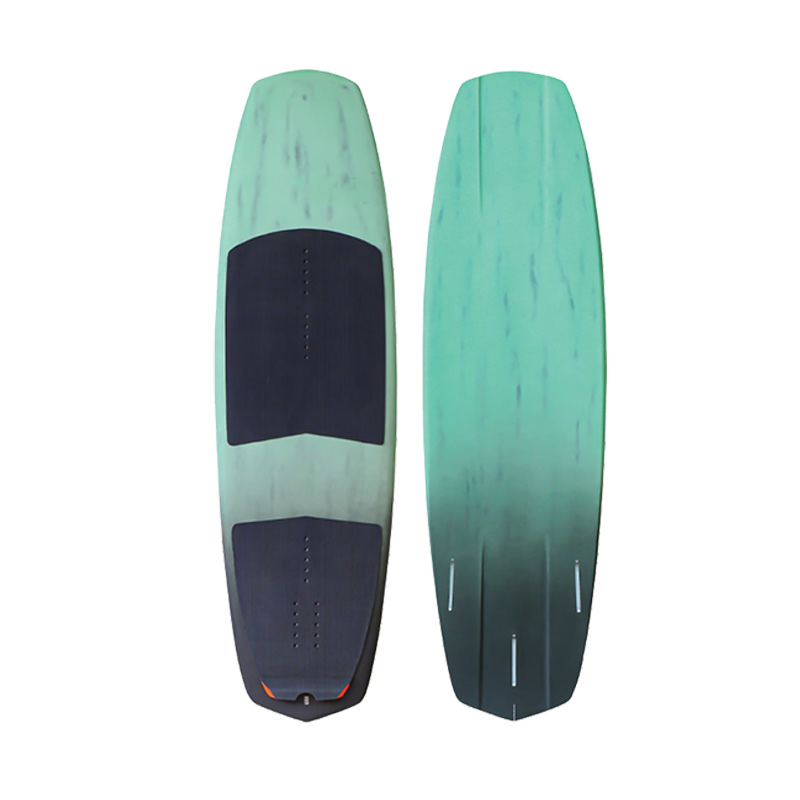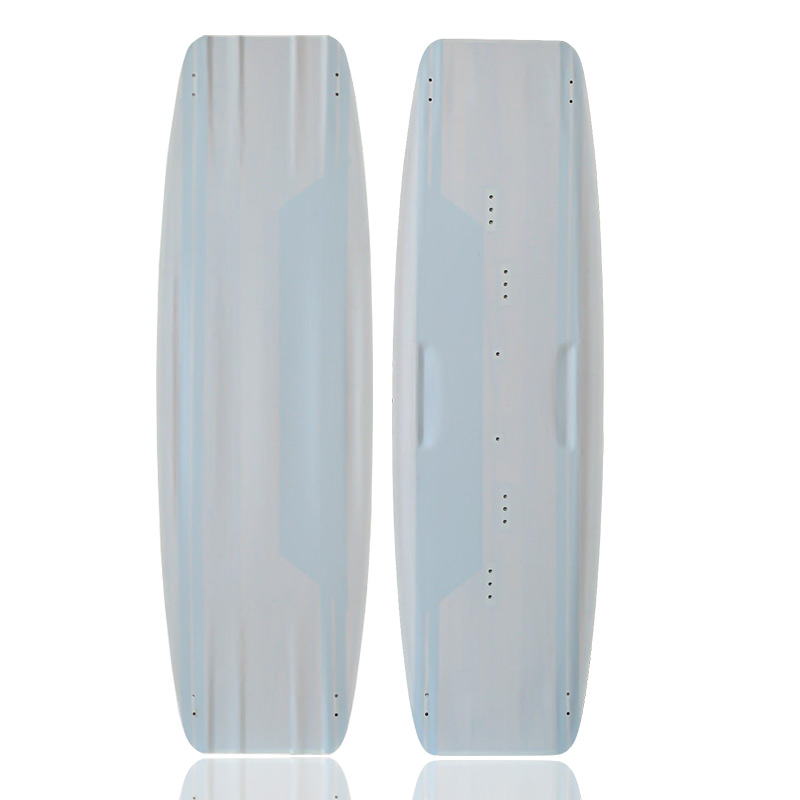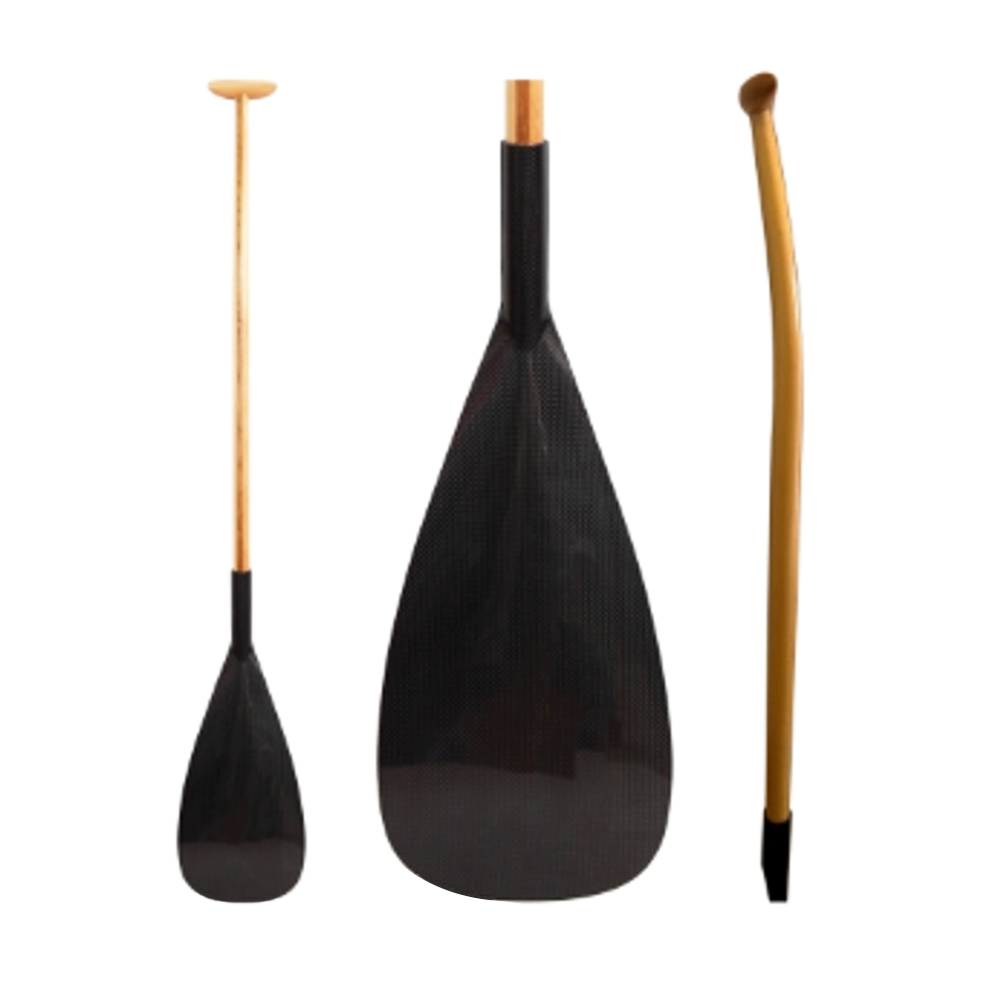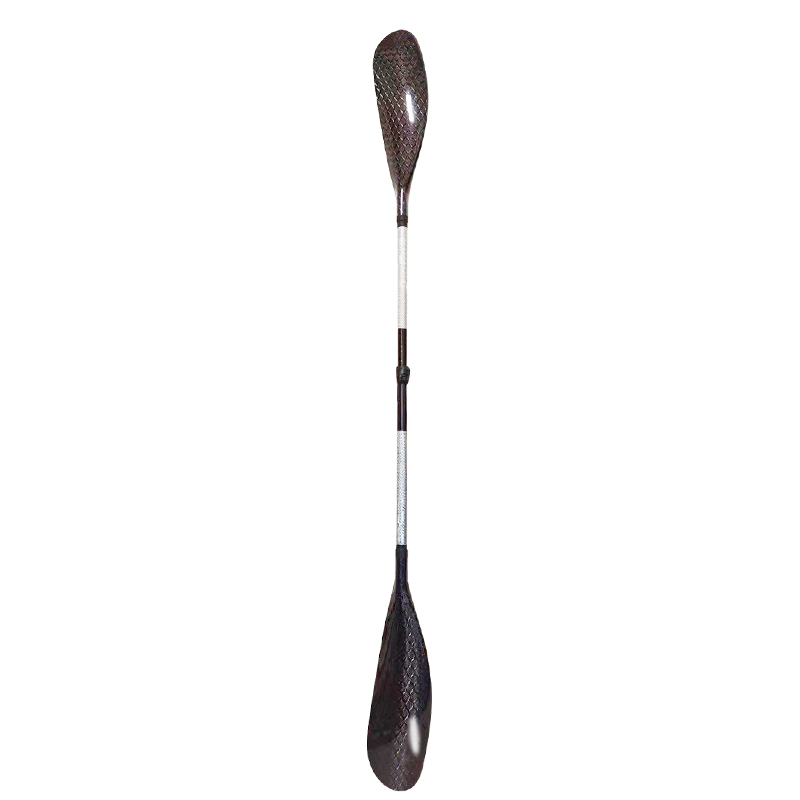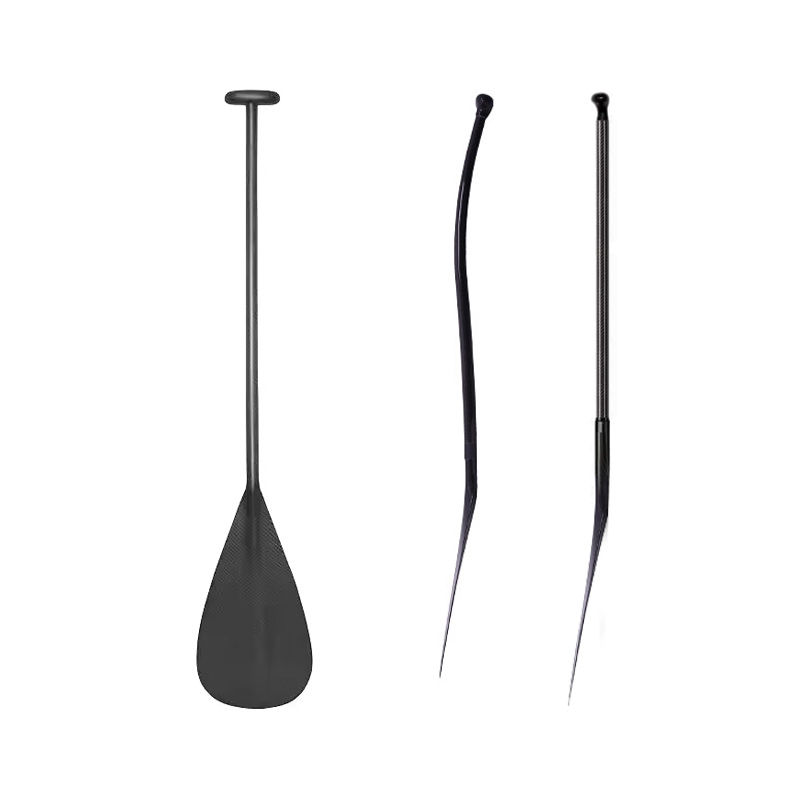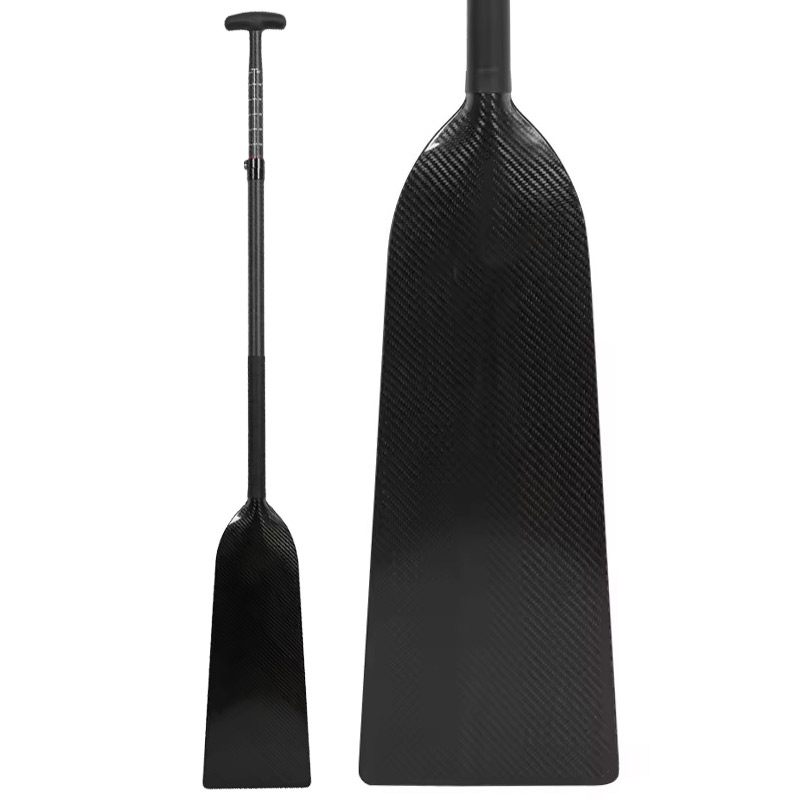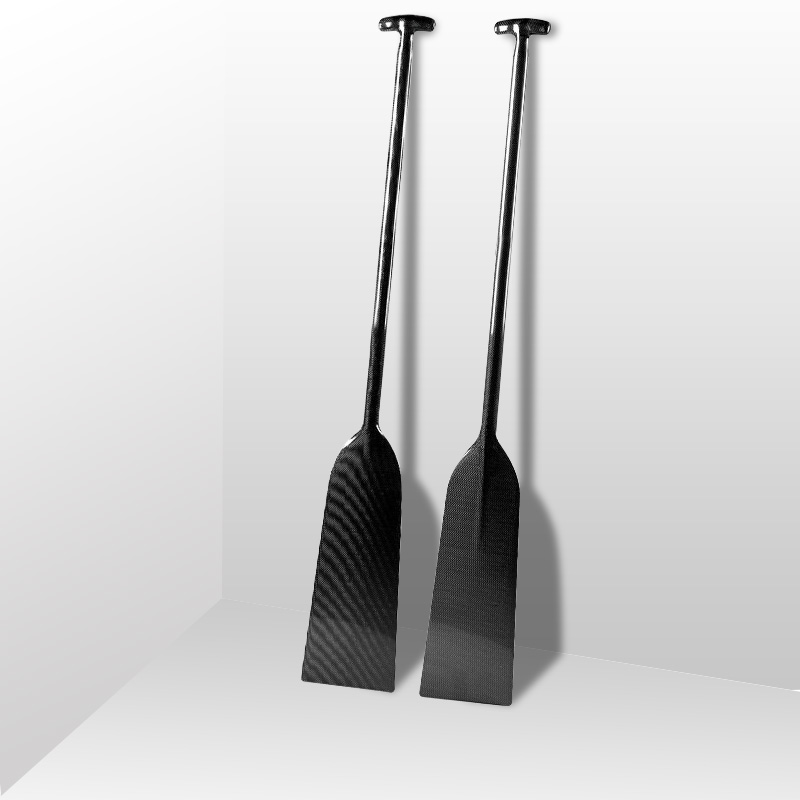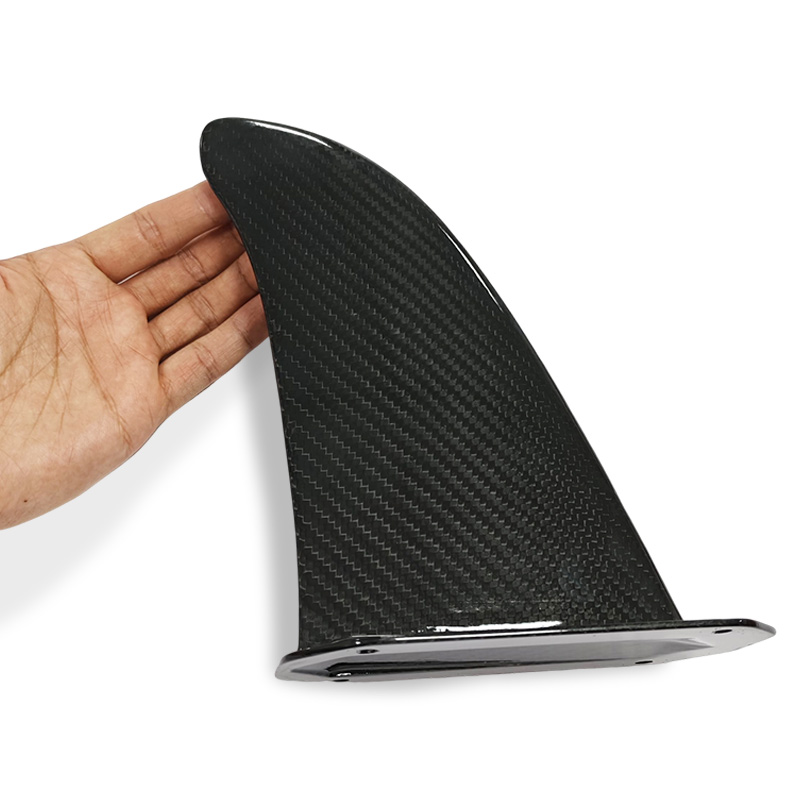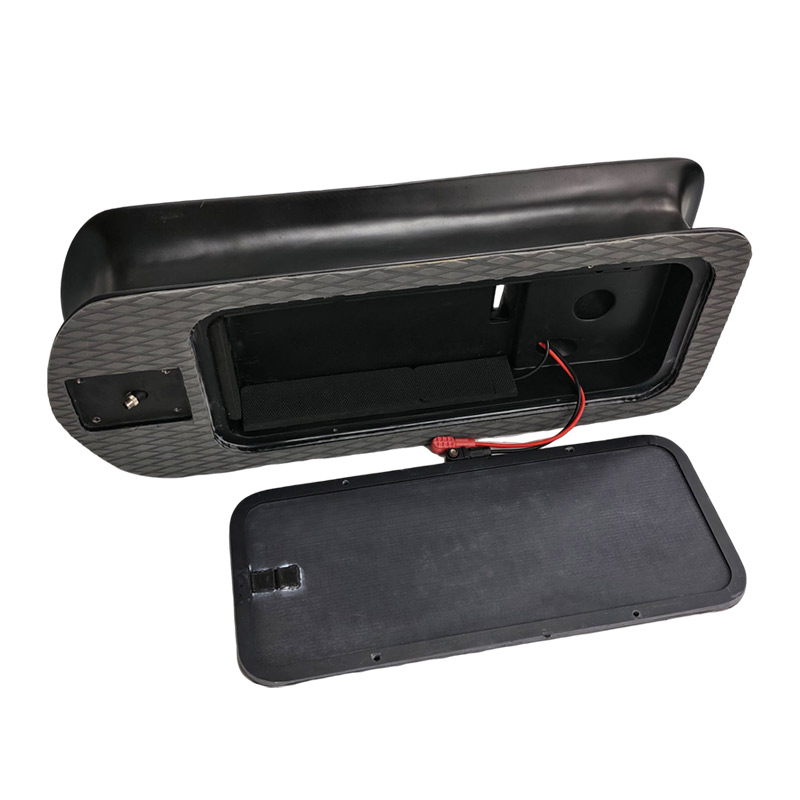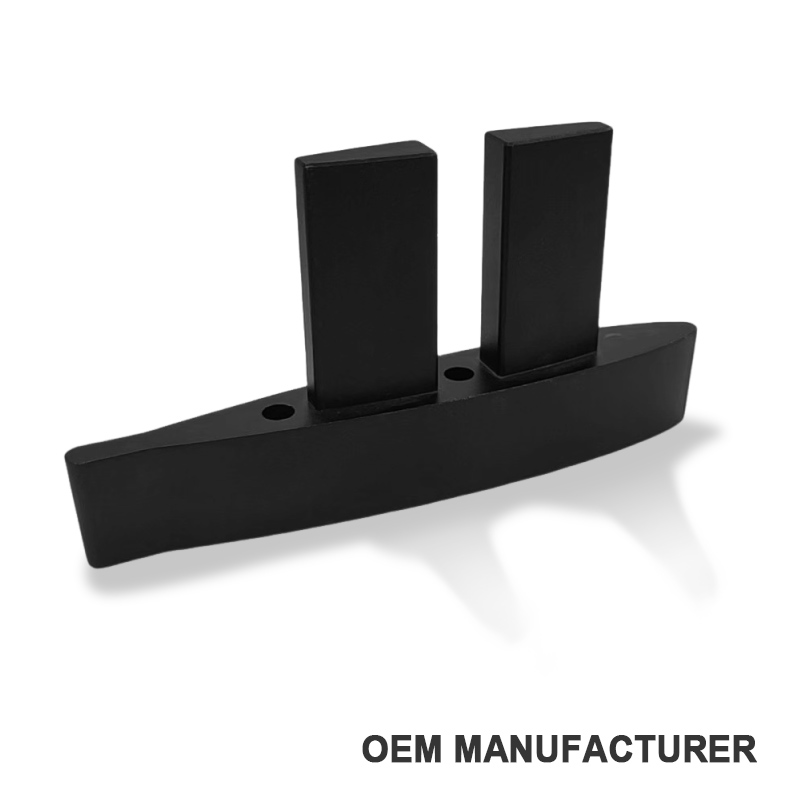Now, the reason we can tuck a surfboard under our arm and walk towards the waves is thanks to the evolution of surfboards over the years. New composite materials, fiberglass, and resin have ensured that boards are ultra-lightweight. However, surfboards weren’t always this convenient. This traces back many years. This article will introduce you to the origins and evolution of surfboards, and for surfing enthusiasts, this should be an interesting share of information. If you find this article helpful, feel free to share and save it.

The Origin of Surfing
The earliest records of surfing date back to 1640. The first written description comes from Captain Cook’s final Pacific voyage in 1779. In his ship’s log, he expressed awe and fascination as he watched locals ride the waves. Around 20-30 people each held a long, narrow wooden board with rounded ends, while the coastline was guarded by rocks.

They had to dodge the rocks before diving back into the water and returning to the wave area. “We stared at this beautiful scene for more than half an hour, and during that time, not a single surfer attempted to come ashore; they were fully immersed in their sport,” he wrote. This suggests that long before Cook’s arrival, the evolution of surfboards was already deeply rooted in Hawaiian culture.
American novelist Jack London, during his visit to Hawaii, described surfing as the royal sport of the natural world. His writing attracted waves of tourists to Hawaii to watch the local beach boys surf. One of those boys, Duke Kahanamoku, became famous during the 1912 Olympics, where the young Hawaiian swimmer earned significant recognition. Duke’s popularity propelled surfing from ancient Hawaii to the global stage, and he is often referred to as the “Great Kahuna” of surfing.
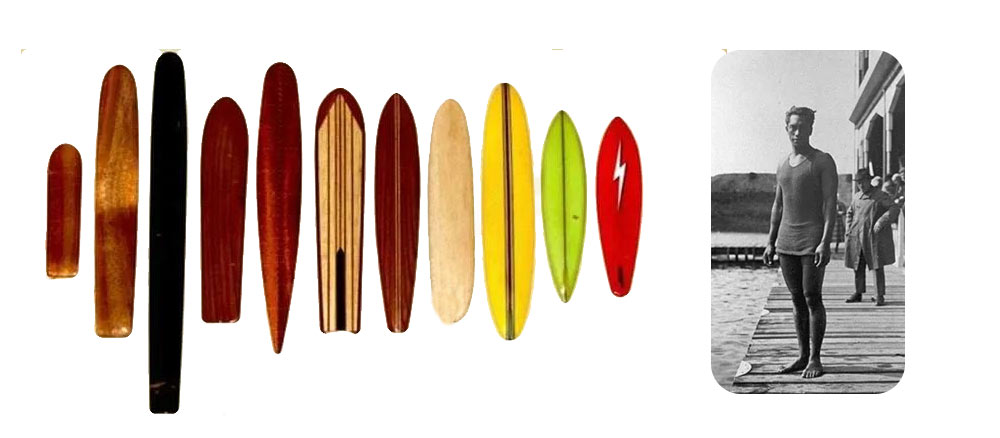
The Evolution of Surfboards
The evolution of surfboard is long and tortuous, through the inventions and improvements of various surf experts over the years, the modern surfboard has been shaped. Let’s explore this long journey in the following article. If you are interested in composite surfboard custom or OEM service, please contact us without any hesitation.
Soil board is the early evolution of surfboard, the name says it all—solid pieces of wood. While it’s not confirmed that the first solid surfboards were made of wood, based on the technology of the time, it’s likely they were simple trees smoothed and flattened for use.
In 1778-1779, Captain James Cook visited Hawaii. In his logs, a Royal Navy crew member documented his first encounter with what we now call “surfing.” Though the material of these early boards is still “unknown,” it’s believed they were made from trees, with the type of wood varying by region depending on local varieties.
Surfing was an integral part of Hawaiian culture, and surfboards weren’t just pieces of wood; they were symbols of status. It’s said that royal surfboards were made from specific types of Hawaiian trees, reserved only for royalty.
These early evolution of surfboards lacked the technical sophistication and shapes of today’s boards. To compensate for their weight, the boards were lengthened, increasing buoyancy on the water. The larger surface area meant they could support more weight, but this made them extremely heavy. Simply carrying these boards to the beach was a testament to the surfers’ strength.
Length of the First Solid Surfboards
The length of these surfboards ranged from 10 feet (3 meters) to 20 feet (6 meters) and weighed over 77 pounds (35 kilograms), with some recorded as weighing between 200 and 250 pounds (91-113 kilograms). Unlike modern surfboards, these were not designed for carving across waves; they could only go straight. This meant that there were no “priority” rules on the wave, and everyone could ride in a line on the same wave.
These solid boards remained in use until the late 1930s and can still be found in memorials, art galleries, and history museums today.
Hollow Surfboards
At the beginning of the evolution of surfboard, solid surfboards were heavy, lacked rocker, had no fins, and had minimal buoyancy. That changed in 1926 when an American surfer named Tom Blake (1902-1994) invented the first hollow surfboard.
With new materials and techniques emerging, Tom Blake, using his architectural knowledge and passion for surfing, created the first hollow board by sealing wood over a plywood frame and varnishing it. These hollow boards quickly became the popular choice from 1926 to the late 1940s. They were lighter (around 20 kg) and easier to transport, but they still didn’t solve the design and performance issues. Many enthusiastic surfers wanted to continue innovating the shape and design of surfboards.

Changes in Surfboard Design
In 1934, a group of Hawaiian surfers, including John Kelly, Fran Heath, and Wally Froiseth, took surfing to a new level by altering the basic shape of Tom Blake’s hollow surfboard for the first time. They narrowed the nose and tail of the board and modified the tail into a “V” shape, which later evolved into a “U” or rounded shape.
The original “hot curl,” with its early fin design, was a huge innovation in the evolution of surfboard, allowing the surfboard to move within the wave rather than just going straight. This meant that surfers could glide along the wave’s edge and ride through the barrel.
The Invention of Surfboard Rocker
Today, the rocker of a surfboard is considered the most important design feature, affecting water flow, balance, and performance. This concept became effective in the late 1940s to early 1950s when inventor Bob Simmons (1919-1953), often called the “father of the modern surfboard,” began experimenting with curved boards.
Bob introduced many new shapes and innovations, some of which are still in use today, including the famous Simmons Spoon. The Spoon had rocker at the nose, offering a curved design that dramatically improved performance.
How Old is the Oldest Surfboard?
The oldest surfboard in the world is displayed at the Bishop Museum in Honolulu, Hawaii. It dates back to 1778-1779 and is undoubtedly one of the most iconic artifacts in surf history.
The Invention of Surfboard Fin
The invention of the fin is an evolutionary evolution of surfboard stage. As an inventor, Tom Blake constantly experimented with new techniques to improve his original hollow boards. After adding his newly invented surfboard fin, his first reaction was: “When I paddled for the first time, it felt easier to stay in a straight line, although I thought it might be psychological. But the first wave I caught told me the truth—I had never experienced such control and stability before.”
You can imagine how game-changing the surfboard fin was. It was designed to prevent the board from sliding sideways in the wave. Before this, surfers would hook their back toes over the tail to control the board and keep it stable.
Single Fin
At this time, longboards still had no fins and lacked good control, but the evolution of surfboard single fin changed surfing forever. The single-fin design is still commonly used today.
In the late 1960s, George Greenough of Santa Barbara, California, who later lived in Byron Bay, Australia, invented the revolutionary fin design. Before George’s innovation, fins were more like what we now call “keels,” which are nearly obsolete in today’s surfing world. Despite not being a surfer himself, George’s keen observation and creativity led him to design a fin that revolutionized the sport.
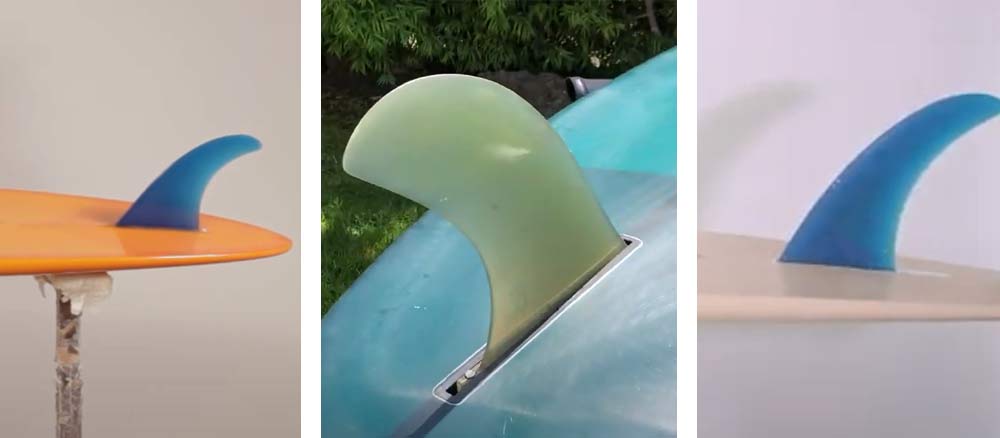
Twin Fin
With the evolution of surfboard, Australian surfer Mark Richards invented the twin-fin setup in the late 1970s. From 1979 to 1983, this iconic surfer dominated the world stage.
Mark believed that the twin-fin allowed for smoother, more fluid turns, which indeed gave him a significant advantage over other surfers. This pushed fin innovation further, raising the question: if two fins were better than one, could more fins be even better?
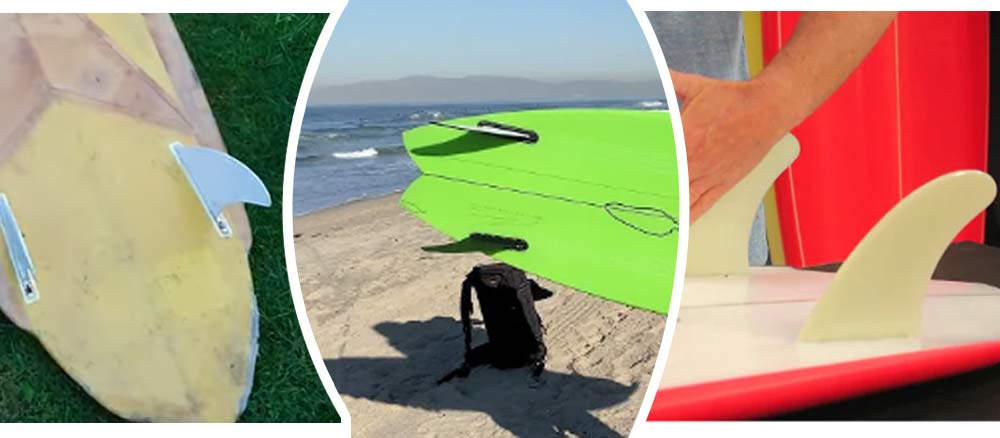
Thruster (Three Fin)
While many didn’t see it as a true “innovation,” the addition of a third fin was certainly a step forward in the evolution of surfboard.
This story involves another Australian surfer, Simon Anderson, who in 1980 became the first to add a third fin to his board. This setup, now known as the thruster, became the most popular fin setup and is still widely used today.
The center fin is typically set slightly further back than the side fins. Despite early skepticism, Simon silenced critics by winning the 1981 Offshore Pipeline Masters with his new thruster design, proving its superiority.
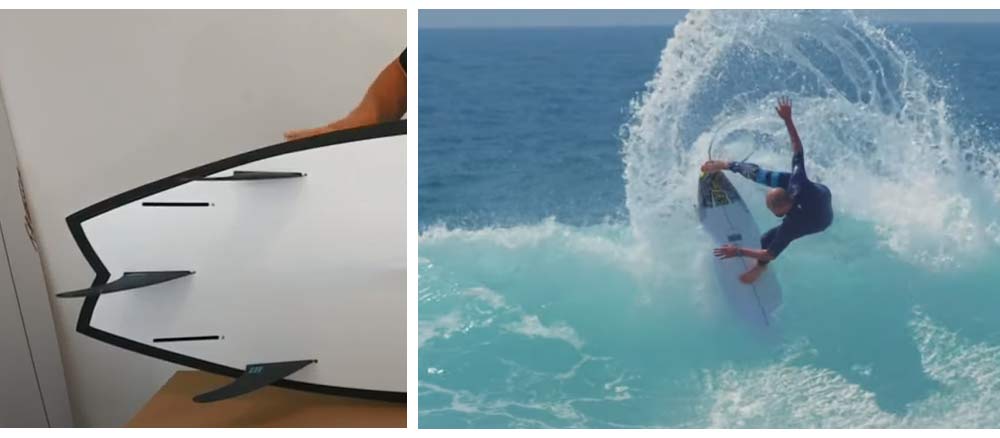
Quad Fin
The history of the quad fin is somewhat murky, as many people experimented with it around the same time. Although the quad fin appeared around the same time as the thruster, Simon Anderson’s success with his thruster design drowned out the quad fin’s popularity in the evolution of surfboard.
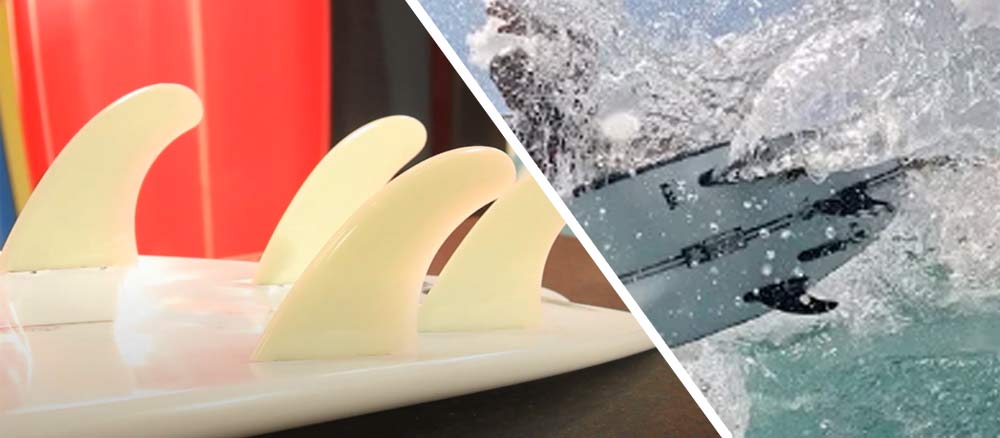
Removable Fins
The first removable fin, called the “fin box,” appeared in the early 1950s, though it was rare. Tom Morey, with his engineering and composite materials background, was one of the earliest adopters of the removable fin system in the mid-1960s.
Over the next 40 years, removable fins evolved dramatically. However, the most notable invention was the FCS (Fin Control System), which was successfully patented in 1995, allowing surfers to easily swap fins. The invention of removable fins is also another evolution of surfboard, now almost surfboards are used the “FIN BOX”.
The Modern Surfboard
With the long-time evolution of surfboards, modern surfboards are the pinnacle of design and innovation, crafted to deliver maximum performance and tailored for today’s surfers. These boards represent a combination of traditional craftsmanship and cutting-edge technology, blending durability with lightweight materials that ensure both speed and control.
Key innovations in modern surfboards include the use of advanced materials like fiberglass, epoxy resin, and carbon fiber. These materials have made boards much lighter than their wooden predecessors, enabling surfers to perform more dynamic maneuvers with ease.
Meanwhile, with the evolution of surfboards, modern surfboards are typically shaped using CAD software, allowing designers to fine-tune every curve and contour for optimal performance. This precise shaping process, coupled with innovative manufacturing techniques, results in boards that cater to different wave conditions and riding styles.
The inclusion of features like rocker (the curve of the board from nose to tail), concave designs, and various fin setups (from single to thruster and quad fins) also enhances the functionality of modern boards. These elements help improve water flow, stability, and control, making it easier for surfers to carve through waves, maintain balance, and even ride barrels.
With the Evolution of Surfboards, today’s surfboards also feature interchangeable fins, thanks to systems like the FCS fin box, which offer surfers the flexibility to adjust their board’s performance to suit different conditions. This adaptability, along with lighter construction, has made modern surfboards not only high-performing but also user-friendly for surfers of all skill levels.
With these advancements in the evolution of surfboards, the modern surfboard continues to push the boundaries of what is possible in the world of surfing. Whether it’s in the hands of a seasoned pro or a beginner catching their first wave, modern surfboards bring excitement and excellence to the sport.
Conclusion
The evolution of surfboards reflects the innovation and creativity that has transformed the sport of surfing over the centuries. From the heavy wooden boards of ancient Hawaii to the lightweight, high-performance boards of today, each development in materials, design, and technology has improved the surfing experience. Innovations like the introduction of fins, hollow cores, and modern shaping techniques have allowed surfers to ride waves with more control, speed, and style. As the sport continues to evolve, so too will the equipment, driven by a shared passion for pushing the boundaries of what’s possible on the water.

